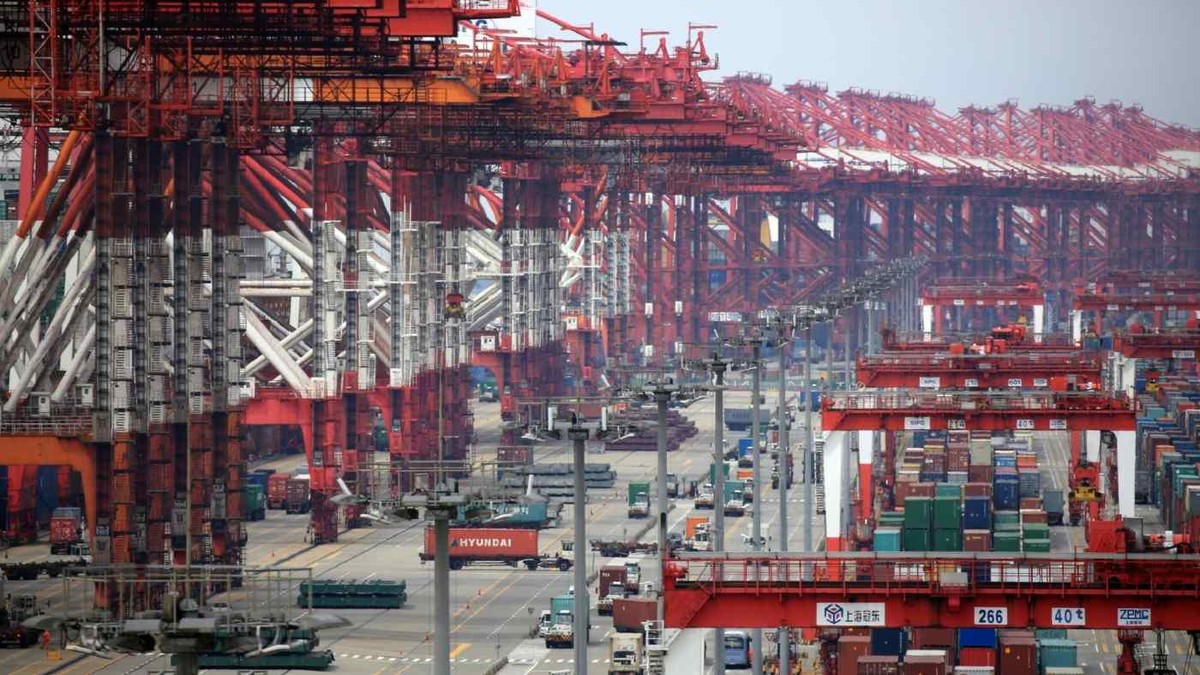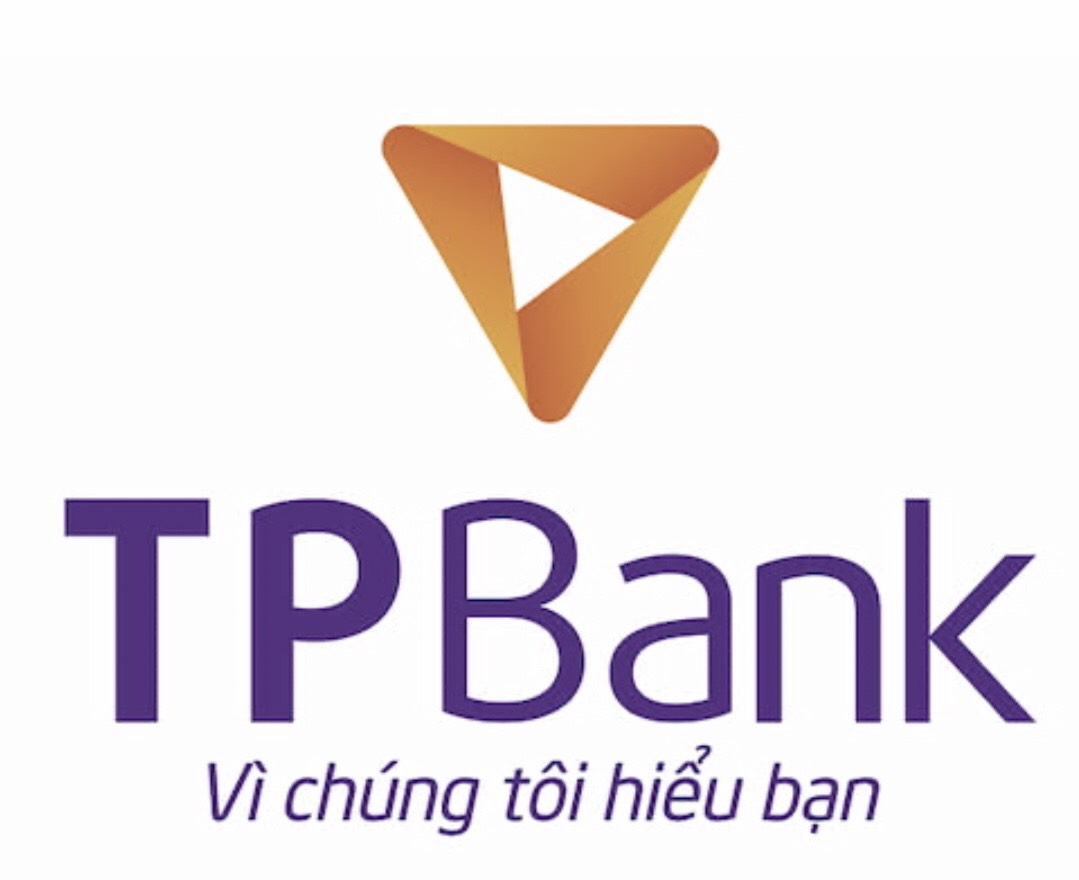A New Trade Engine to Revive Economies
 |
| Ảnh: Reuters |
Despite the trade challenges in the short term, this piece focuses on the broader horizon. Estimates from ADB show that markets including Japan and South Korea will experience the largest jump in exports in 2030e as RCEP is the first free trade agreement that includes China, Japan and South Korea, three of the more technically advanced economies in East Asia. Trade liberalisation should also trigger a productivity kick for Asia and drive more FDI flows. Estimates from World Bank suggest that the productivity ‘kicks’ alone could raise real incomes by 5% by 2035e in economies like Thailand, Vietnam, and Malaysia.
The Regional Comprehensive Economic Partnership (RCEP) agreement came into force on 1 January 2022. It covers Australia, mainland China, Japan, New Zealand, South Korea and 10 ASEAN members, though not all economies have ratified the agreement yet (Indonesia approved the deal in August, while the agreement took effect for Malaysia in March and for South Korea in February, with these economies joining 10 others that have been trading under the new preferential terms since the start of 2022). The Philippines is still in the final stages of approval for ratification.
The scope of RCEP is not as wide-ranging as the Comprehensive and Progressive Agreement for Trans-Pacific Partnership (CPTPP), the regional free trade deal that went before it, especially on topics like labour and the environment. However, RCEP provides reasonable coverage for trading rules and procedures, enabling tariffs on more than 90% of the goods to eventually be eliminated. RCEP’s generous rules of origin, especially given the sheer number of nations involved, mean that local businesses can benefit from exporting tariff-free within the bloc, provided some of their inputs (typically around 40%) are sourced from other RCEP members.
Why is everyone so eager to come on board?
The biggest direct advantage for economies joining RCEP is the tariff concessions. Under the agreement, tariffs on more than 90% of the goods will be eliminated, although this will happen in stages, with an implementation period of 20 years (sensitive and strategic sectors are exempted). The broad scope of tariff elimination will promote investment, intellectual property provisions and electronic commerce within the bloc.
Estimates show that some markets, such as Japan and South Korea, will experience the largest jump in exports in 2030 (ADB, 2021). This is mainly because it’s the first time Japan has entered into a free trade agreement with China. The result is that 86% of Japanese exports to China and 88% of Chinese exports to Japan will eventually be eligible to enter duty-free thanks to RCEP, up from 25% and 57%, respectively, on the first day when RCEP took effect (Global Times, 24 February 2022). Moreover, RCEP is the first free trade agreement that includes China, Japan and South Korea together, three of the more technically advanced economies in East Asia. Interestingly, ADB forecasts that the share of global exports in East Asia is going to drop over the coming decade, as companies persify their manufacturing base into other developing markets. However, this should ultimately strengthen their remaining production base by tying producers more closely with regional supply chains, enabling them to take advantage of more cost-competitive component sourcing.
The effect on exports for ASEAN members before and after signing the agreement might not be as prominent as advanced markets (ASEAN and RCEP, 1 Dec 2020). Pre-existing ASEAN free trade agreements with RCEP members have already eliminated tariffs on 86% to 90% of goods. Regardless, as a whole, RCEP nations will contribute to 30% of global exports by 2030, according to ADB.
It is important to note that RCEP is not only likely to boost exports, but that there are other indirect, positive impacts to a nation’s income given the depth of the accord. Many members have strict restrictions on foreign direct investment. According to the OECD Foreign Direct Investment Regulatory Restrictiveness Index 2020, Indonesia tops the list while China and New Zealand are in third and fourth place, respectively. The free trade agreement opens up investment opportunities intra-RCEP, and may also spur direct investment from firms based outside the region that will want to take advantage of the agreement. In principle, FDI liberalisation, whether spurred by RCEP or unilaterally, could lead to more than 15% incremental real income gains from trade in the Philippines, Malaysia and Thailand, according to IMF.
RCEP goes beyond some existing ASEAN free trade agreements in terms of investment opportunities. Prior to the agreement, China, South Korea and Japan were already top investors in some ASEAN economies. However, further opening up of ASEAN markets will attract more investment into new manufacturing technology, which could further boost labour productivity. In addition, the members have committed to review the inclusion of investor-state dispute settlements in five years’ time. All in all, FDI liberalisation could boost real incomes for all RCEP members by up to 0.53% according to Petri and Plummer (2018).
Increased trade and FDI flows are thus bound to lift productivity further. The cost of importing input materials will be lower and, thus, can promote local production. As a result, we expect to see a shift in the competitiveness of different sectors. Naturally, resources and capital will be used in the most competitive sector. In addition, the elimination of barriers to foreign investment can promote better resource allocation and technology. As a result, this will cause a productivity ‘kick’ in various sectors while promoting a shift of resources away from industries that are no longer competitive. For example, Indonesia and the Philippines’ electrical equipment and machinery sectors are expected to expand by 4.1% and 6.3%, respectively by 2035, according to the World Bank. A 10% fall in tariffs could lead to a 4.8% increase in labour productivity on average .
Of course, the gains are not distributed equally amongst members and across sectors. Some markets, like Vietnam and Malaysia, will likely experience magnified gains of almost 5% in real income under such a productivity kick in 2035 (World Bank, 2022). More developed members like Japan should see less of a productivity boost, but still benefit from enhanced supply chain integration and support the competitiveness of local companies.
RCEP will, nevertheless, propel growth in trade within the area. RCEP members’ share of trade has increased over the years. HSBC expects the potential inclusion of Hong Kong to further boost real income in Asian economies. Summing up the real GDP of economies that are already on board, in 2030e, we expect the global share of GDP for RCEP markets to reach 32.9%, up from 31.7% in 2021, without taking into account the potential productivity kick induced by RCEP.
Các tin khác

Standard Chartered Forecast Vietnam 2023 GDP Growth at 7.2%

Tough year expected for banks in 2023

Vietnam’s Hiking Cycle Under Way, HSBC Says

Amazon Global Selling Vietnam Reveals its 2022 Vietnam SMEs Empowerment

Vietnam: Bracing for a Trade Winter

Asia Economies to Benefit from China’s Opening in Second Half 2023

One More HDBank Leader Registered to Buy HDB Shares

Sign of a Loan Agreement for Ninh Thuan Province Onshore Wind Power Project

ADB, BIM Wind Sign $107 Million Financing Package to Support Wind Energy in Viet Nam

International Agreement to Support Vietnam’s Ambitious Climate and Energy Goals

Vietnam to Receive $15.5 billion for Energy Transition

FPT Announced Business Results in the 11 Months of 2022

ADB Lowers Growth Forecast for Developing Asia amid Global Gloom

Amazon Announces its Biggest Holiday Shopping Weekend Ever

Unilever Vietnam to Consolidate the Position in Circular Economy

HSBC: The Vital Role of Voluntary Carbon Markets

Archetype Group Celebrated 20 Years of Growth

ADB, HAYAT KIMYA to Support for Women and Children’s Lives in Vietnam

HDBank is the Large-Cap Listed Company With the Best Annual Report 2022









